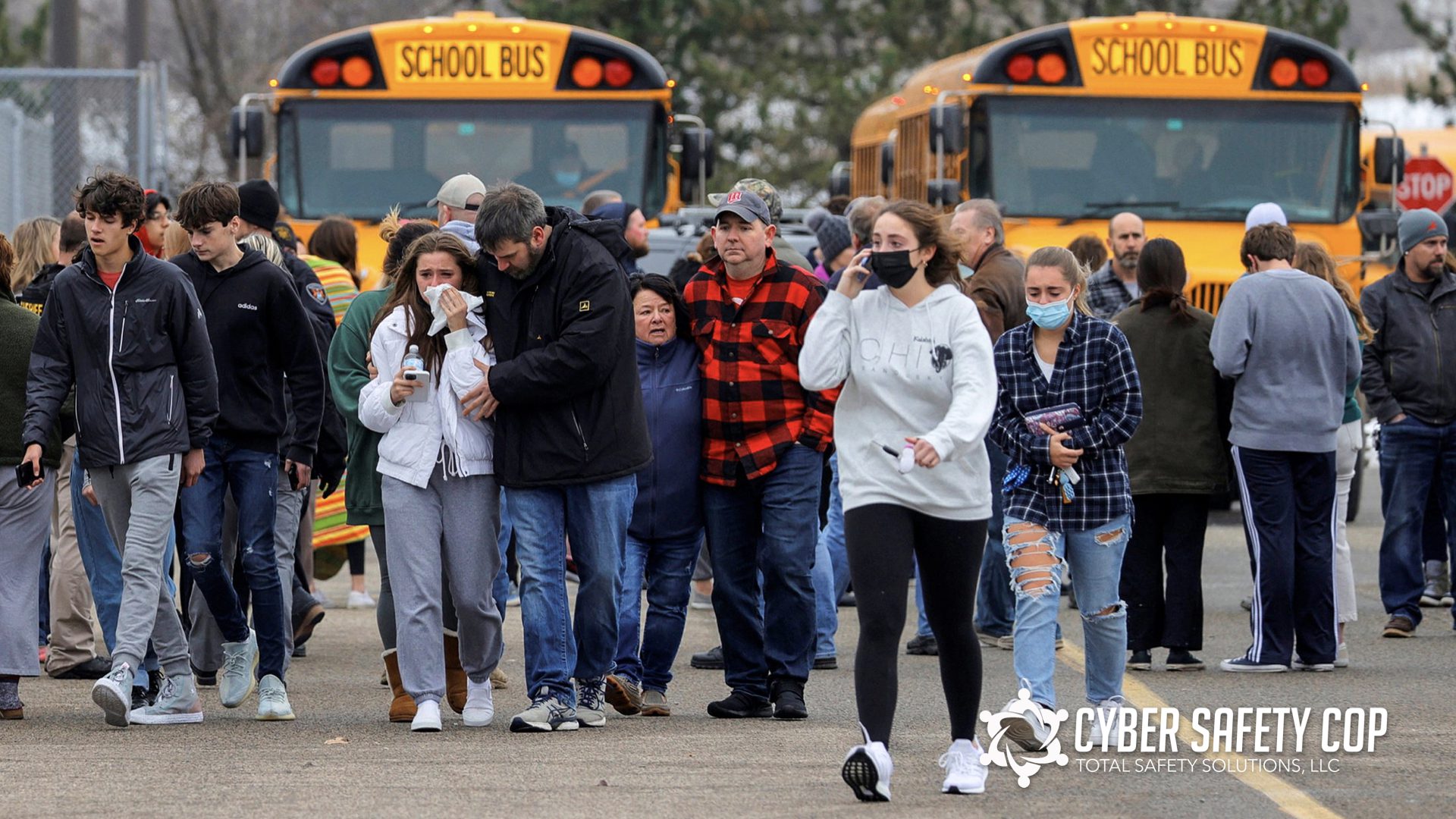The rampage at Oxford High School, north of Detroit, was the deadliest shooting on school property this year. How Do We Stop the Next School Shooting?
Back in May, I wrote an article, Are We Facing ...
You're almost there...
Register or Login to your account to view requested content.

Joining the Cyber Safety Plus Membership has many benefits including:
- Exclusive Articles and Practical Advice
- Extensive Online Training Library
- Monthly Live Zoom Meetings
- Supportive Parent Community
- And More!



